ON Circus Bodies. Enlarging the spectrum of performing identities
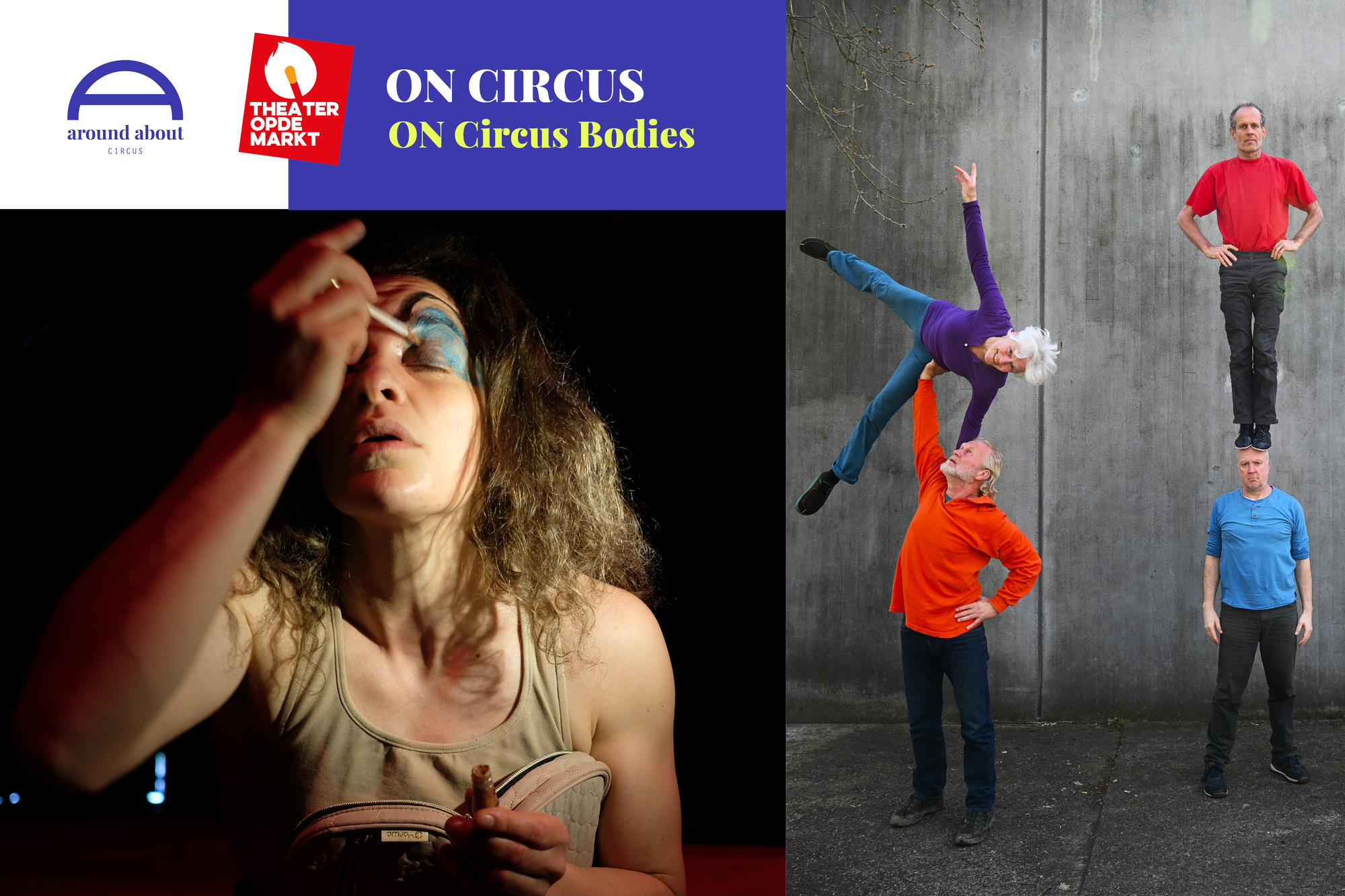
For the third day at Theater op de Markt, ON CIRCUS explored the theme of Circus Bodies. The title is a little provocative since we all know there is still a challenge around the normative aspects of bodies and performing in the current circus sector. The companies invited by There There Company today, and as part of the Theater op de Markt 2023 edition artistic program, where the Belgian Circumstances - on this occasion represented by the dramaturg Marie Peeters - and the French Sandrine Juglair, both explored a non-normative gaze on bodies, revealing to the participants insights into their work to discover more about their story. Their experience reflects the theme from two singular points of view. In the case of Glorious Bodies by Circumstances, the bodies are physical archives in a collective journey from the past to the present reality of circus. Alternatively in her duet, Dicklove, Sandrine explores her identity issues in favour of the creative expression of an adherent self. What do they have in common? A creative trait is shared. To embody memories into auto-fiction, transforming their past by living it through their flesh and bones on stage.
After a brief introduction from Hanna and Toon of There There Company and a short presentation of the participants, we passed the mic to the guests, letting them introduce themselves and talk freely. After the two speeches, the exchange among the participants continued through small trios discussions exploring related thoughts.
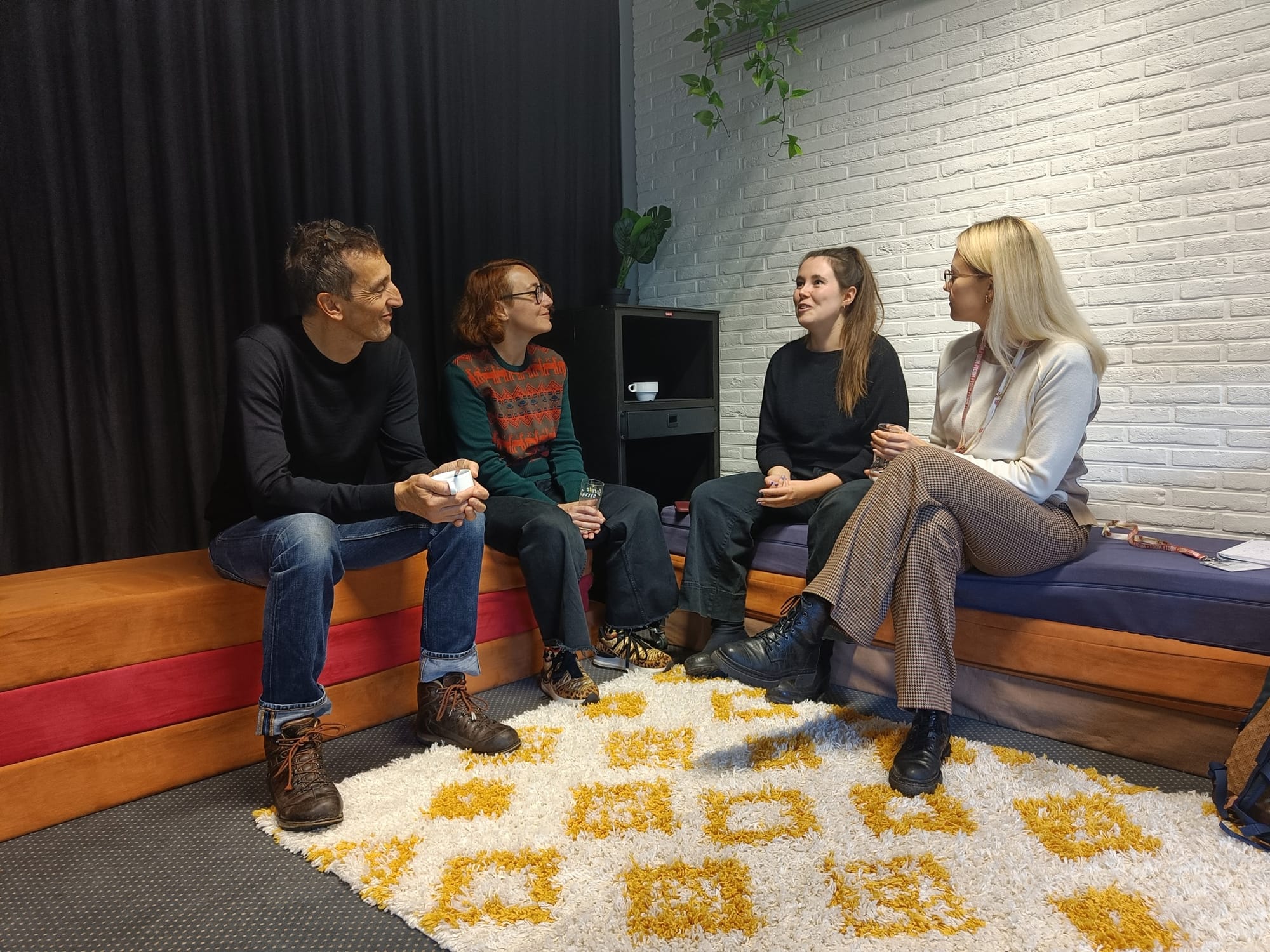
Glorious Bodies is a show by Piet Van Dyke and Circumstances, and it is about the presence or absence of older bodies on stage. It is a physically moving and hopeful circus and dance performance about the capacity of our bodies, about seeing and being seen with six acrobats between 54 and 67 years old, each with a past in partner acrobatics. They wanted to work with older bodies on stage to tell a story about perseverance, persistence, craftsmanship, circus history, playfulness, care, softness, encounters, and goodbyes. It is Marie who starts talking about the show, introducing the central aspects of the piece. As a dramaturg, she has followed the creation process since the beginning and can dig more into the how, why and expectations behind the scenes.
While they were looking for acrobats still training, Kim-Jomi Fisher from the company Marta and Kim mentioned his father Johannes, who still practised circus and introduced them to a small group of performers he was still in contact with. The group has known each other for more than 20 years. Some created a show together, and others met at an acrobatics festival. During the creation process, they collected tons of materials about them in the past. How they started their journey as acrobats, what they love about it, what struggles they encountered by doing this, and the most relevant part, archives of pictures and videos about their tricks and memories to give shape to the show. It has been possible to trace back their stories and experiences as acrobats and meld them with their personality now. All of them have very interesting stories about circus and strong opinions to share. The company also recorded all their interviews and created video portraits to introduce the performance and their specific collective history.
Circumstances, Glorious Bodies - trailer
Marie underlined the core aim of the performance: they wanted to show the beauty of older bodies on stage, how powerful they still are, because it is a pity that in both sectors of dance and circus, the ageing bodies on stage disappear, they are often not allowed to show up in their powerful presence. Circus and partner acrobatics is the perfect medium to reveal a different perspective on what getting older can also be, underlining their current energy, craftsmanship, but mostly the aspect of interdependency among bodies, their complicity on stage to create a figure or a trick, their mutual trust. Marie highlighted how partner acrobatics can bring us to reflect on how human beings interact, especially in a world so obsessed with the individual aspect of the self. There is a tendency in our society to hide older bodies, especially those of women and there is still a lot of pressure on ageing ‘successfully’. To reinforce this social aspect, Marie quoted Susan Sontag when she pointed out that getting older means moving the margins of visibility in the labour market, the visual market, and the sociopolitical market.
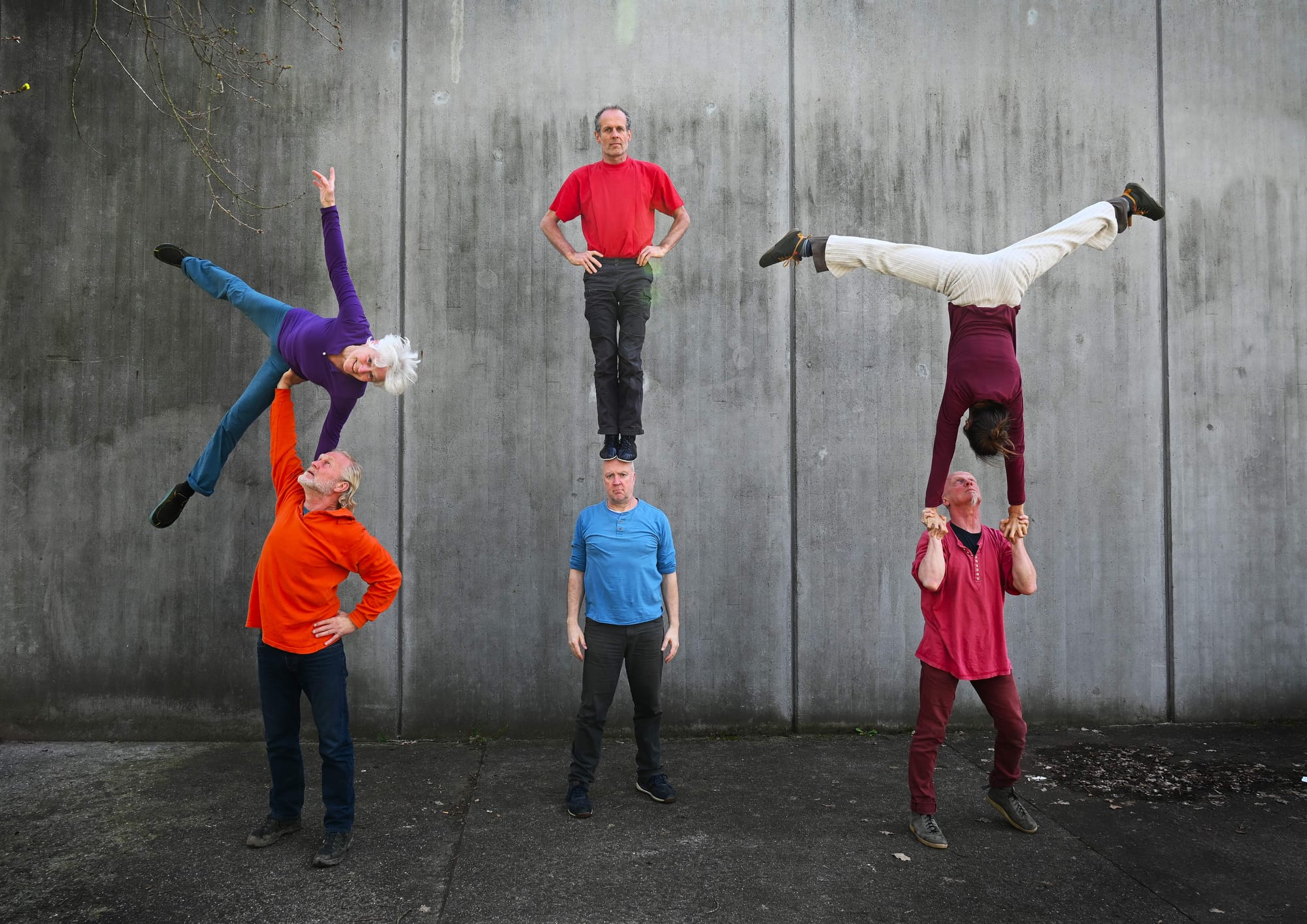
The consequence of not seeing older people on stage is that it contributes to the belief that beyond a certain age, the bodies of dancers or circus artists become unable to cope with the physical demands of performing. Therefore, they must retire. This is assumed to be a universal effect of getting older, rather than being relative to the individual performer, their physical condition or personal decisions. We tend to forget that there are other reasons why performers stop performing, such as lack of financial stability. We must also remember that the Glorious Bodies' participants come from a generation in which circus was not a paid activity to sustain your family life.
Marie continues talking about the normativity perception of bodies in circus and dance. With the bias of associating young, flexible, good-looking, and healthy bodies with the performative dimension, we tend to strive for an idea of perfection, but we can also focus on care strength and the specificities of the body. One of the most moving aspects of the creation process for her and the director Piet Van Dyke was recognising the persistence of training for all these years of the participants, their attitude around the technique, not hiding tiredness, the vulnerability, the playfulness, all qualities that give us the key for better ageing, to keep discovering and exploring life through your physicality. It gives us a precious insight into the embodied archive of circus acts because, like dance, circus is an art form that leaves little traces when it is no longer performed.
Glorious Bodies' intention was not simply to stage the performers' archives but to integrate them, re-working them into a new choreographic language, mixing the old tricks with current movements and using them as inspiring source material. Therefore, the question at the base of this intent has been what possibilities are still present in their repertoire and the reenactment of their archives. In that sense, the show is a love letter to the circus language of an older generation transmitted by the bodies on stage.
Marie reminds us that the generational clash of the operation has been challenging for all of them because the current way of creating a show was quite different. They had a neutral attitude on stage, without staging a character, with different attention towards a trick. A lot has changed in circus since they were performing as young artists. Another relevant aspect is that most of them did not go to circus schools but learned partner acrobatics through workshops, without working on transitions from one trick to another or telling a story through movements.
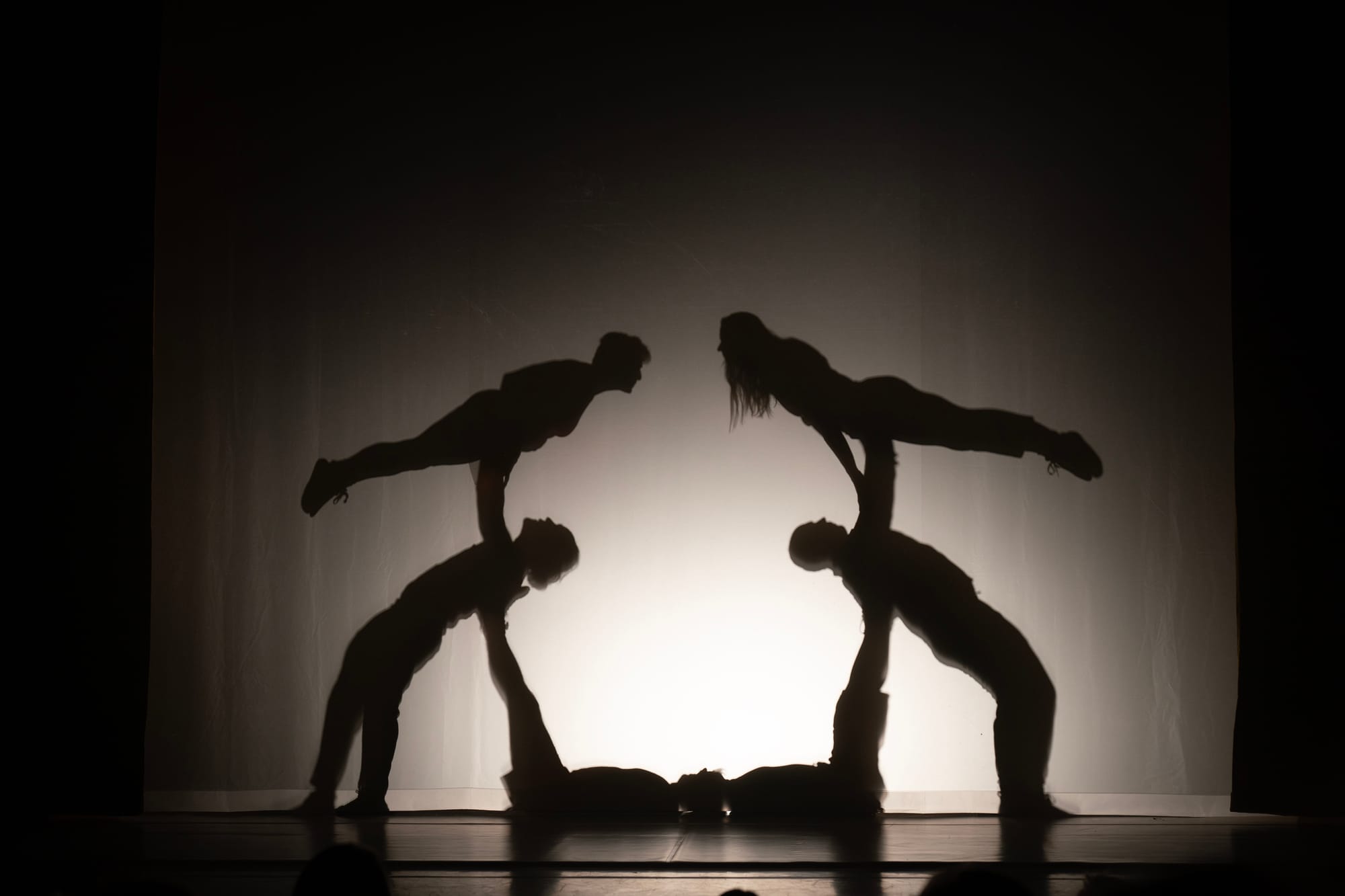
Marie quotes André Lepecki and his text, The Body As Archive: Will to Re-Enact and the Afterlives of Dances, to reinforce the concept of an alive replacement and diverted notion of the archive, far away from a bureaucratic agency dedicated to the mismanagement of the past. Bodies learn techniques, movements, and habits, integrating their repertoire memories into their present. During rehearsals, by performing their past tricks, they activated their body archives to be revisited and rephrased. At the service of their current performance, the tricks owners realised a state of creation in which past and present can collide and co-exist.
What we learned from Marie’s talk is that focusing on the specificity of the bodies, how they move, and age, gathering all these experiences is a powerful tool to inspire and establish a more holistic attitude towards performing, nourishing the practice with curiosity and playfulness, keep aiming to achieve perfection but with the pure joy of achieving results, because it is in the attempt, the practice, the care, and the joy that the beauty and spectacle lie, not in the trick itself.
Sandrine Juglair, Dicklove - trailer
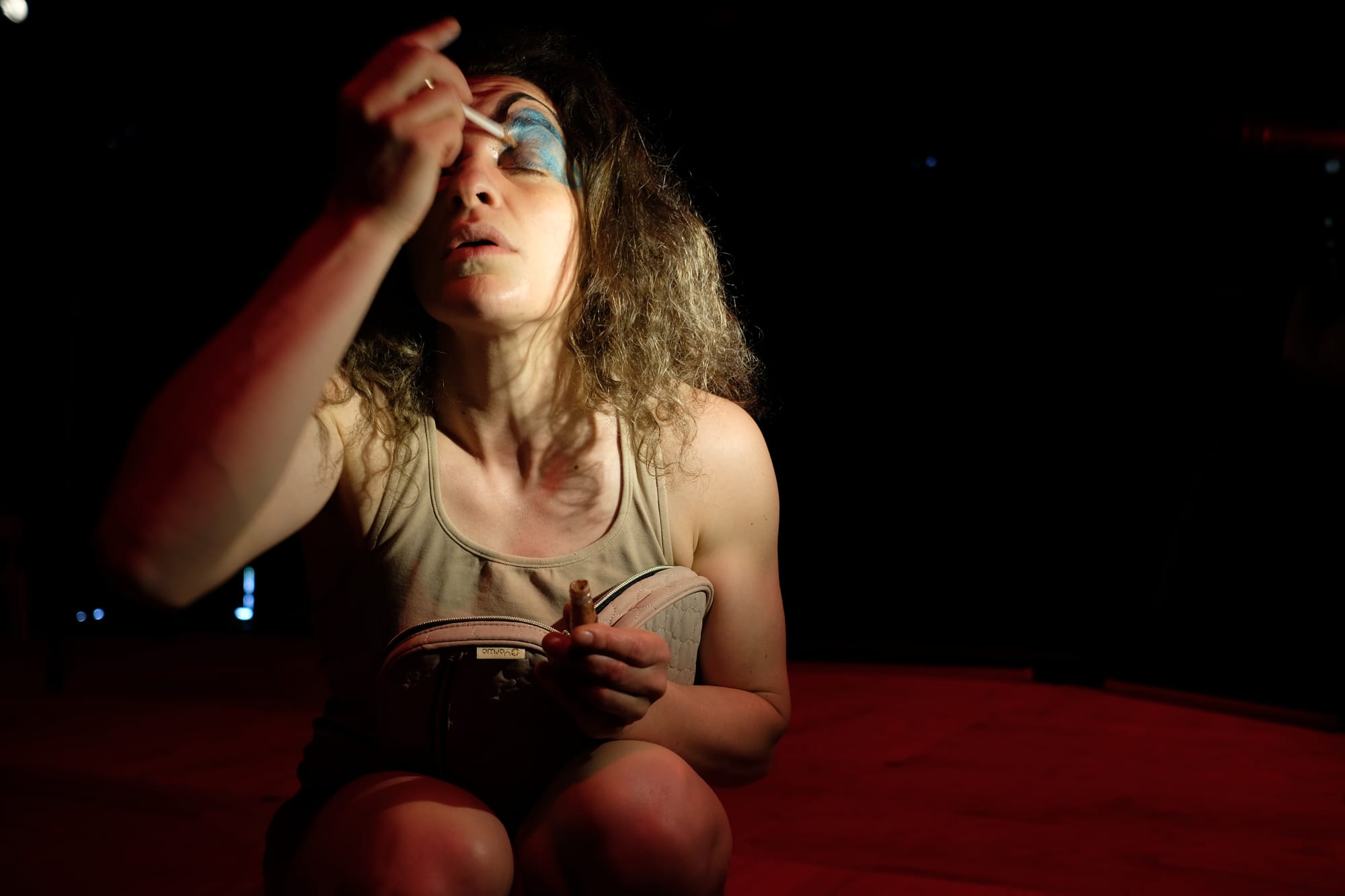
The mic passes to Sandrine Juglair, who introduces us to her artistic universe with a natural statement. Before seeing herself as a circus body, she perceived herself as a body doing circus. Her background is her personal experience, the one of a body naturally talented to do circus. She is a Chinese pole artist who started training in 2003 when fewer women wanted to learn a technique that was considered for males only.
However, at that time, being very muscular and adaptable to train and perform was a matter of fact, not being questioned. Being strong like a man, for a woman, was something considered unusual. She was very muscular for a girl. Therefore, it has been her extraordinary body that has defined her personality and identity in the world. Positively seeing this, she cultivated her physical talent, and for her, the circus sector has been a decision deduced from the circumstances in which her body found itself.
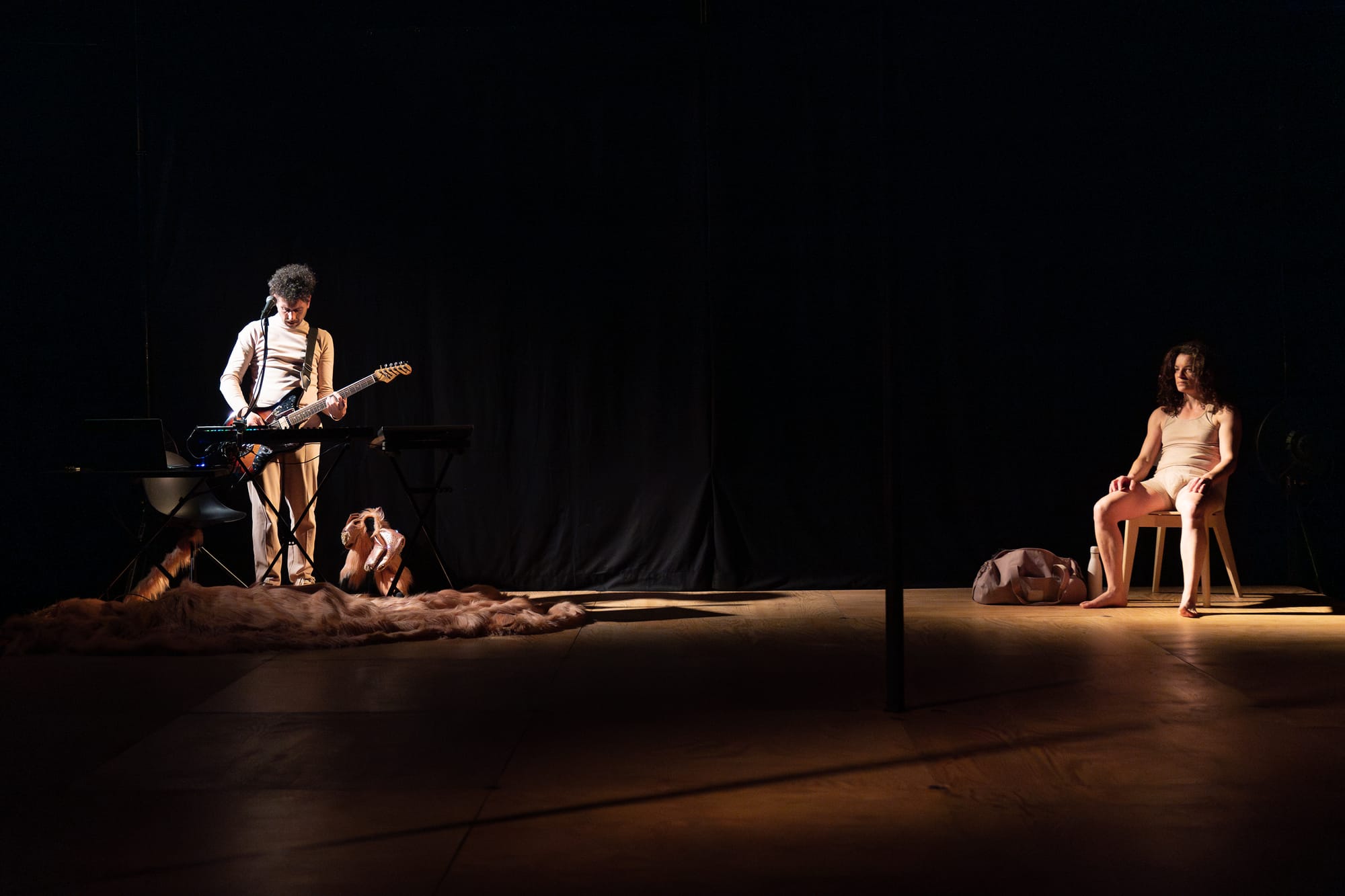
She remarks that society has always created strong stereotypes around the sporting body, as circus is still an environment full of judgement. Freeing the body in that context has been difficult, but the projections of meaning onto the body, its transformations and identities have begun to be an attractive topic for her to explore. Her show, Dicklove, sees herself onstage as a circus artist accompanied by a musician, and it is a duet dedicated to gender identity exploration. Before shaping Dicklove, she created a solo, Diktat, entirely dedicated to the representations we play in society to please others. This 45-minute show contained a theatrical transformation scene in which, for five minutes, Sandrine played at transforming into a man. After seeing the show, everyone kept talking to her about it.
At first, she found it annoying since the show wasn't about gender stereotypes but about something completely different. Then, listening to the reflections on the perception of the scene, she remained intrigued by the public's reception. Seeing a body transformed through posture and attitude shocked people and made her wonder why dressing up is immediately associated with a sexual identity exchange.
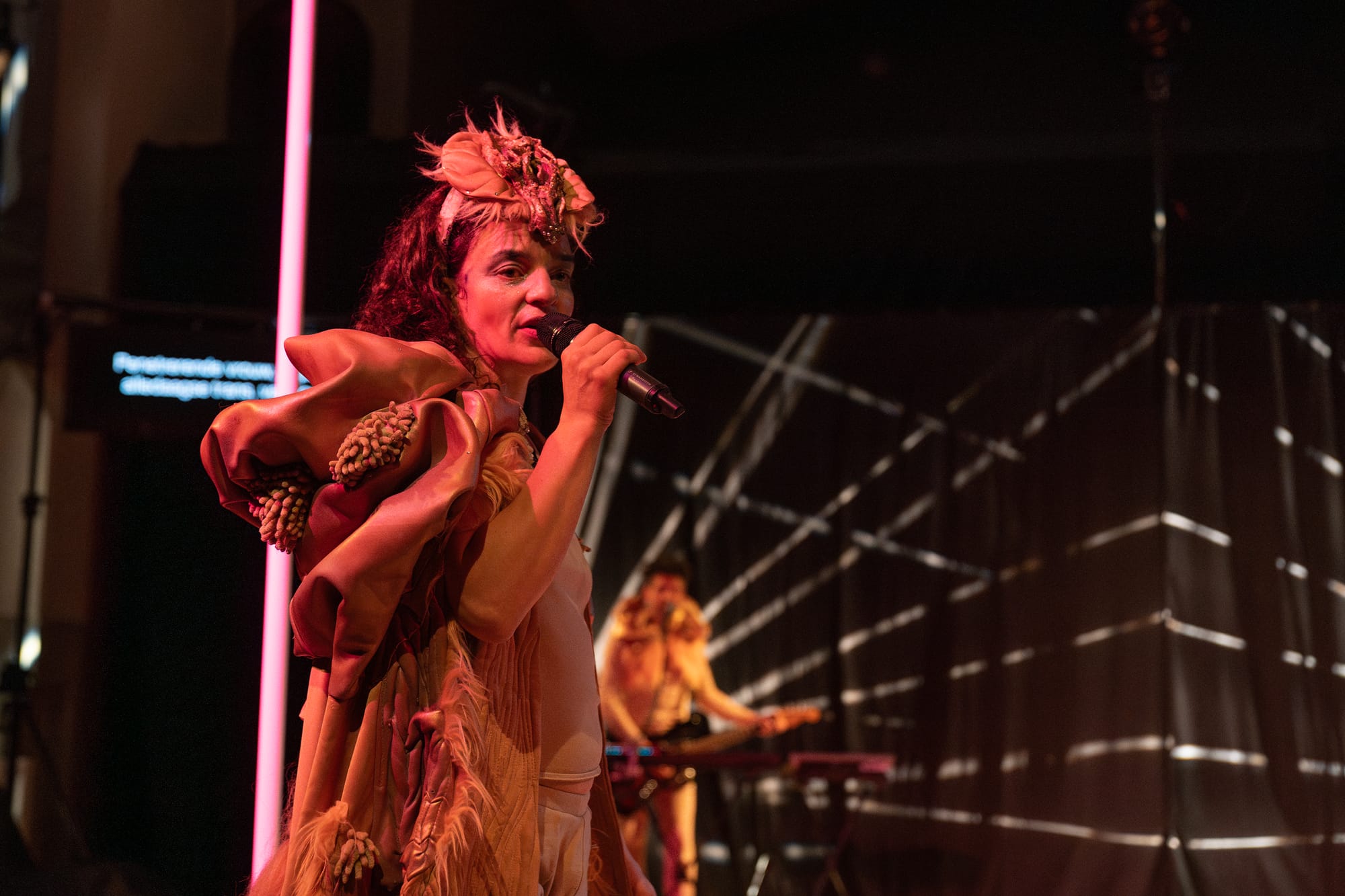
Connecting this insight to her past personal experience was not difficult. The show talks about childhood and growth, the transformations between women and men and vice versa, and how to push these stereotypes to the limit. Playing with gender is relatively easy for her as she can play with being androgynous, and her circus strength can help facilitate her transformations. From the circus attitude often based on doing, she moved on to that of the observer who looked at the postures of others and how she positioned herself and behaved.
After the two speeches, the conversation continued in small groups. In mine, we dig into the ageing theme of Glorious Bodies, exchanging impressions about the generation gap between circus performers in the past and present. We then compared the two shows hosted today concerning the gaze of others and the fear of being judged. The old performers in Glorious Bodies aim to be as they are on stage. They do not want to wear a mask to be themselves, while in Dicklove, Sandrine uses the transformations on her body to reclaim her identity. Even from two specular points of view, both performances reveal a strong connection with circus bodies' identities at the service of telling a personal story.
